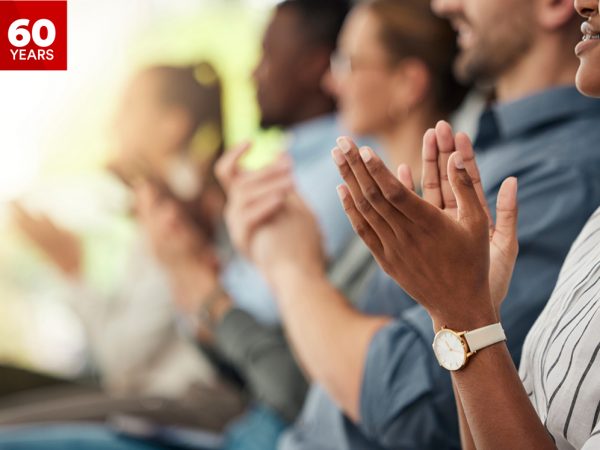Over the past three and a half years we’ve had the privilege of collaborating with students and faculty on a variety of personal and curricular based projects. We got to sit down with Dr. Karen Louise Smith who has been an avid supporter and user of the Makerspace, and we asked her some questions to learn a bit more about what sparked her interest in using the Makerspace. She has previously collaborated with the Makerspace for another course she teaches, COMM 3P91 – Information Technology: Policies and Issues where students had to 3D print an object to spark a conversation about a controversy that emerges from an information technology theme.

Dr. Karen Louise Smith
PhD, University of Toronto
MA, Simon Fraser University
BA, McMaster University
What technology did you use in your class to enhance experiential learning?
I developed a podcasting assignment for the Social Media course (Comm 2P91 / IASC 2P91 / PCUL 2P91) in the fall 2019 semester that was centered around fake news. The students in my course were able to borrow technologies like a Zoom recorder, or snowball microphone, from the Makerspace to record audio clips to use in their podcasts. After the students recorded their audio, they could continue to edit their podcasts using Audacity software in the Makerspace. Because Audacity is an open source software title, students could also download a copy of the editing program to work on their projects independently.
What sparked the idea to collaborate with the Makerspace for this class?
I wanted to collaborate with the Makerspace on this podcasting assignment so that my students could explore the democratic potential of social media. Through this assignment, I wanted my students to tinker, create, and act as media makers versus consumers online. Podcasting provides a relatively early example of a social media genre, which fostered opportunities for creative expression and self-publishing for internet end users. Creating opportunities for my students to create their own digital media closely relates to my previous research on web literacy and citizenship. I remain hopeful that experiencing the democratic potential of the web is one way in which society can resist disinformation, surveillance, exploitation and some of the negative aspects of our digitally mediated lives.
What has been your overall experience with working with the Makerspace staff and technology resources?
The Makerspace offers all of the technical equipment that my students need to create a quality podcast. I hear from students that they appreciate that the Makerspace is available virtually every day during the term for drop-in support. Makerspace staff are also readily available to me as a faculty member when I need assistance.
Do you hope to collaborate with the Makerspace in the Future?
Yes, I hope to repeat the podcasting assignment again in the Social Media course in 2020.
We look forward continuing our relationship with Dr. Smith by supporting her innovative and nuanced methods of incorporating Makerspace technology into her pedagogy.
Links
Dr. Karen Louise Smith https://brocku.ca/social-sciences/cpcf/people-in-the-department/karen-louise-smith/#1562268043356-51eb4bbe-b548
Social Media course https://brocku.ca/webcal/2019/undergrad/comm.html#COMM_2P91
Audacity https://www.audacityteam.org/
Previous research https://ijoc.org/index.php/ijoc/article/view/6174
Web literacy https://mozilla.github.io/webmaker-whitepaper/
Information Technology: Policies and Issues https://brocku.ca/webcal/2019/undergrad/comm.html#COMM_3P91


 After keeping both students and staff alike in suspense, we’ve finally come to bring the good news. We are moving!
After keeping both students and staff alike in suspense, we’ve finally come to bring the good news. We are moving!






















